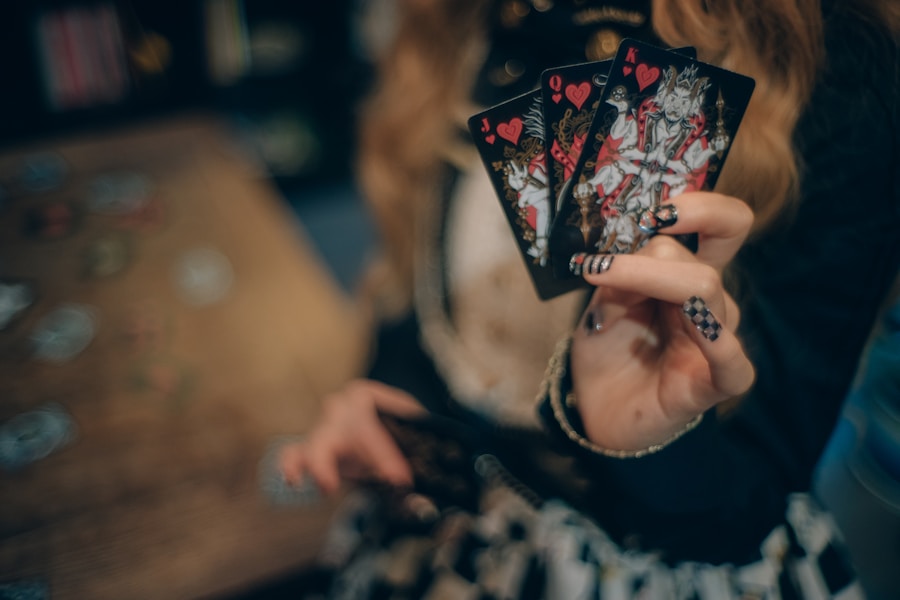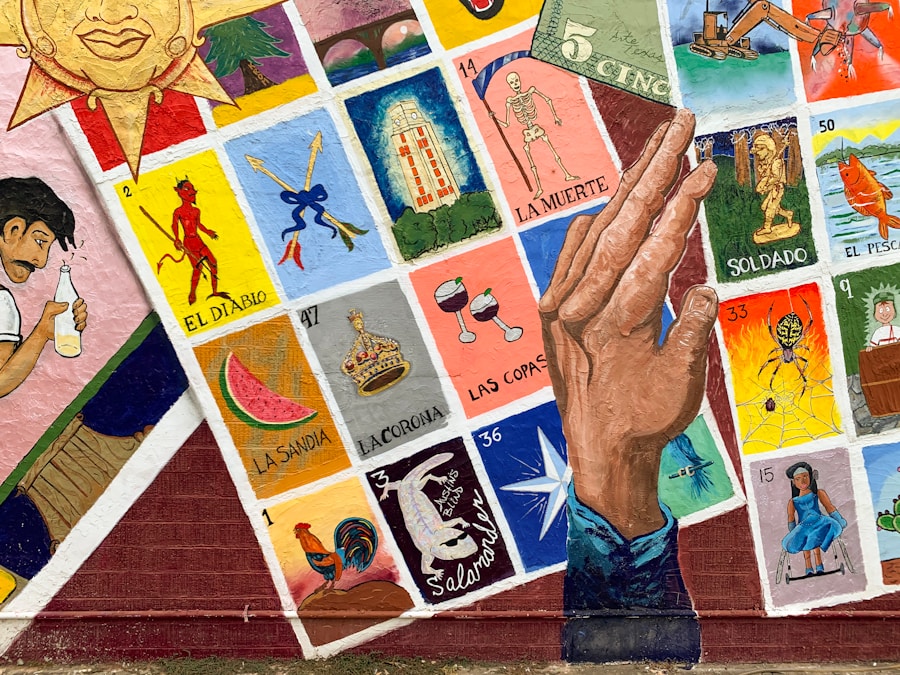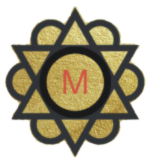
Tarot cards have captivated the human imagination for centuries, serving as a tool for divination, self-reflection, and spiritual guidance. Originating in the 15th century as playing cards in Europe, they evolved into a mystical system by the 18th century, when they began to be associated with esoteric traditions and the occult. A standard tarot deck consists of 78 cards, divided into two main categories: the Major Arcana and the Minor Arcana.
Each card in a tarot deck is rich with symbolism and meaning, often drawing from a variety of cultural, historical, and psychological influences. The imagery on the cards can evoke deep emotional responses and provoke introspection.
For instance, the Fool card symbolizes new beginnings and potential, while the Death card signifies transformation and change rather than a literal end. Understanding these symbols is crucial for anyone looking to delve into tarot reading, as they serve as a language through which the reader can communicate insights and guidance.
Key Takeaways
- Tarot cards are a tool for divination and self-reflection, consisting of 78 cards divided into major and minor arcana.
- When choosing a tarot deck, consider the imagery, symbolism, and personal connection to the cards.
- Learning the meanings of the cards involves studying the symbolism, numerology, and elemental associations of each card.
- Cleansing and preparing your tarot deck can be done through rituals such as smudging, meditation, or placing the cards under moonlight.
- Conducting a tarot reading involves shuffling the cards, laying them out in a spread, and interpreting their meanings in relation to the question or situation.
Choosing the Right Tarot Deck for You
Selecting a tarot deck is a deeply personal journey that can significantly influence your reading experience. With countless designs available—from traditional decks like the Rider-Waite-Smith to modern interpretations featuring diverse themes—it’s essential to find one that resonates with your intuition and aesthetic preferences. When choosing a deck, consider what draws you in: Is it the artwork, the symbolism, or perhaps the cultural background of the deck?
A deck that speaks to you visually can enhance your connection to the cards and make your readings more meaningful. Additionally, it’s worth exploring decks that align with your spiritual beliefs or interests. For example, if you are drawn to nature, you might find a deck that incorporates natural elements or animal symbolism particularly appealing.
Alternatively, if you have an interest in mythology or astrology, there are decks that weave these themes into their imagery. Many tarot enthusiasts recommend handling a few decks in person if possible; this tactile experience can help you gauge your connection to each one. Ultimately, the right deck is one that feels like an extension of yourself, allowing you to engage with the cards on a deeper level.
Learning the Meanings of the Cards

Once you have chosen your tarot deck, the next step is to familiarize yourself with the meanings of each card. This process can be both exciting and overwhelming due to the depth and complexity of interpretations available. Many beginners start by studying guidebooks that accompany their decks, which often provide insights into each card’s symbolism, upright and reversed meanings, and potential interpretations in various contexts.
However, relying solely on these texts can limit your understanding; it is equally important to develop your own interpretations based on personal experiences and intuition. A practical approach to learning card meanings is to create a dedicated study routine. You might begin by drawing one card daily and reflecting on its significance in your life or journaling about your thoughts and feelings related to that card.
This practice not only helps reinforce your memory of each card’s meaning but also encourages you to explore how these meanings manifest in your daily experiences. Additionally, joining tarot study groups or online communities can provide valuable insights from fellow enthusiasts, allowing you to share interpretations and learn from diverse perspectives.
Cleansing and Preparing Your Tarot Deck
Before diving into readings, many practitioners emphasize the importance of cleansing and preparing your tarot deck. This ritual serves to clear any residual energies from previous readings or handling, ensuring that your deck is attuned to your intentions. There are various methods for cleansing tarot cards, each with its own unique benefits.
One popular technique involves using smoke from sage or palo santo to purify the cards; simply wafting the smoke over the deck while setting an intention can create a fresh energetic space. Another effective method is to use sound vibrations for cleansing. This can be achieved by ringing a bell or using singing bowls near your tarot deck.
The sound waves help disrupt stagnant energy and refresh the cards’ vibrational frequency. Additionally, some practitioners prefer to place their decks under moonlight or sunlight for a few hours to absorb natural energies. Regardless of the method chosen, it’s essential to follow up with a period of intention-setting where you focus on what you hope to achieve through your readings.
This preparation not only enhances your connection with the cards but also aligns their energy with your personal goals.
Conducting a Tarot Reading
Conducting a tarot reading involves more than simply laying out cards; it is an art form that requires intuition, focus, and an understanding of both the cards and the querent’s situation. Before beginning a reading, it’s crucial to create a conducive environment that fosters concentration and openness. This could involve dimming lights, lighting candles, or playing soft music—anything that helps set a calming atmosphere.
Additionally, establishing a clear intention for the reading can guide both you and the querent toward meaningful insights. When it comes to laying out the cards, there are numerous spreads available, each designed for different types of inquiries. The three-card spread is popular among beginners for its simplicity; it typically represents past, present, and future influences regarding a specific question.
More complex spreads like the Celtic Cross offer deeper insights by examining various aspects of a situation through multiple card placements. As you lay out the cards, take time to observe their positions and relationships with one another; this interconnectedness often reveals layers of meaning that can enhance your interpretation.
Interpreting the Tarot Cards

Intuition in Tarot Reading
Interpreting tarot cards is where intuition truly comes into play. While understanding traditional meanings is essential, allowing your intuition to guide you in connecting those meanings to the querent’s situation is equally important. Each card can have multiple interpretations depending on its position in a spread and its relationship with surrounding cards.
Interplay Between Cards
For instance, if the Tower appears alongside the Star in a reading about career changes, it may suggest that upheaval (the Tower) will ultimately lead to hope and renewal (the Star). This interplay between cards can create a narrative that provides profound insights. Moreover, personal associations with specific symbols or imagery on the cards can enrich your interpretations.
Refining Your Interpretations
For example, if you have a strong connection to water as a source of healing and intuition, seeing Cups in a reading may evoke feelings of emotional depth or creativity for you personally. Keeping a journal of your readings can help track these associations over time, allowing you to refine your interpretations based on experience. Engaging in discussions with other tarot readers can also broaden your understanding of different perspectives on card meanings and enhance your overall interpretative skills.
In conclusion, tarot reading is an intricate blend of knowledge, intuition, and personal connection. By understanding the basics of tarot cards, choosing a deck that resonates with you, learning card meanings deeply, cleansing your deck regularly, conducting thoughtful readings, and interpreting cards with both traditional meanings and personal insights in mind, you can embark on a rewarding journey into this ancient practice. Each reading offers an opportunity for growth and self-discovery, making tarot not just a tool for divination but also a pathway toward greater self-awareness and understanding of life’s complexities.
If you are interested in learning more about the power of crystals in enhancing your tarot readings, check out The Beauty and Power of Selenite Crystal. This article explores how selenite can be used to amplify intuition and spiritual connection during tarot card readings. By incorporating the energy of selenite into your practice, you can deepen your understanding of the cards and unlock new insights.
FAQs
What is Tarot?
Tarot is a form of divination that uses a deck of cards to gain insight into past, present, and future events. The cards are often used for spiritual guidance and self-reflection.
What are Tarot cards?
Tarot cards are a deck of 78 cards, each with its own unique imagery and symbolism. The deck is divided into two main categories: the Major Arcana and the Minor Arcana.
How do you read Tarot cards?
To read Tarot cards, you first need to familiarize yourself with the meanings of each card. Then, you can shuffle the deck and draw cards to create a spread, or layout, which can provide insight into a specific question or situation.
Can anyone learn to read Tarot cards?
Yes, anyone can learn to read Tarot cards with practice and dedication. It’s important to approach Tarot with an open mind and a willingness to learn the symbolism and meanings of the cards.
Is Tarot reading a form of fortune-telling?
While some people use Tarot cards for fortune-telling, others use them for self-reflection and spiritual guidance. Tarot readings can provide insight and perspective, but they do not predict the future with certainty.






